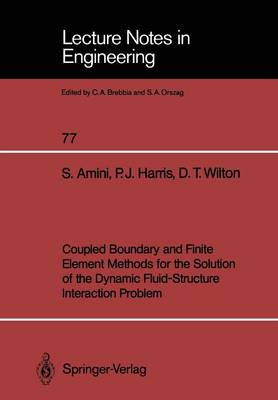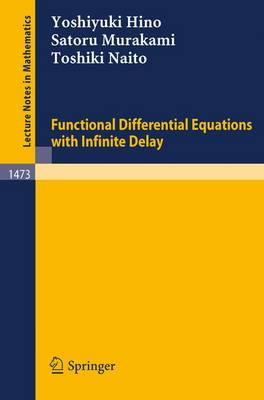Lecture Notes in Engineering
2 primary works
Book 77
This text considers the problem of the dynamic fluid-structure interaction between a finite elastic structure and the acoustic field in an unbounded fluid-filled exterior domain. The exterior acoustic field is modelled through a boundary integral equation over the structure surface. However, the classical boundary integral equation formulations of this problem either have no solutions or do not have unique solutions at certain characteristic frequencies (which depend on the surface geometry) and it is necessary to employ modified boundary integral equation formulations which are valid for all frequencies. The particular approach adopted here involves an arbitrary coupling parameter and the effect that this parameter has on the stability and accuracy of the numerical method used to solve the integral equation is examined. The boundary integral analysis of the exterior acoustic problem is coupled with a finite element analysis of the elastic structure in order to investigate the interaction between the dynamic behaviour of the structure and the associated acoustic field. Recently there has been some controversy over whether or not the coupled problem also suffers from the non-uniqueness problems associated with the classical integral equation formulations of the exterior acoustic problem. This question is resolved by demonstrating that .the solution to the coupled problem is not unique at the characteristic frequencies and that it is necessary to employ an integral equation formulation valid for all frequencies.
Book 1473
Functional Differential Equations with Infinite Delay
by Yoshiyuki Hino, etc., S. Murakami, and T. Naito
Published 26 July 1991
In the theory of functional differential equations with infinite delay, there are several ways to choose the space of initial functions (phase space); and diverse (duplicated) theories arise, according to the choice of phase space. To unify the theories, an axiomatic approach has been taken since the 1960's. This book is intended as a guide for the axiomatic approach to the theory of equations with infinite delay and a culmination of the results obtained in this way. It can also be used as a textbook for a graduate course. The prerequisite knowledge is foundations of analysis including linear algebra and functional analysis. It is hoped that the book will prepare students for further study of this area, and that will serve as a ready reference to the researchers in applied analysis and engineering sciences.

